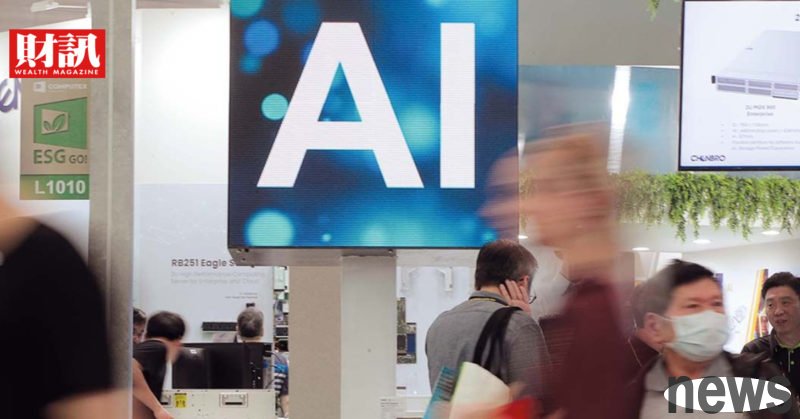
Silicon photonic technology is one of the hot topics recently. Since the transmission efficiency of light is higher than that of electricity, it is regarded as an indispensable part of future artificial intelligence (AI) computing. According to a biweekly report in Financial News, experts believe that at this stage, in addition to AI and high-performance computing (HPC), silicon photonics is expected to be applied in more application fields, including network communications, biomedical sensing, and autonomous driving, which are all the focus of attention.
The Industrial Technology Department of the Ministry of Economic Affairs pointed out that silicon photonics technology uses mature silicon wafers and semiconductor processes to integrate electronic components and optical components, which can effectively expand the transmission speed of chip operations.
Looking back on silicon photonics-related research, the United States has benefited from early investment and multiple applications, so it has a leading position in the world. In 2014, it established the Integrated Photonics Manufacturing Research Institute and has successively promoted the industrialization and practical application of the technology.
US silicon photonics research has a leading position and will grow significantly after 2021According to Lin Junjun, an analyst at the Second Research Institute of the China Economic Research Institute, affected by the development of the AI industry, the number of silicon photonics-related research projects of the US National Science Foundation (NSF) will show significant growth after 2021. In recent years, the focus of fund investment has been on topics such as "quantum photonics" and "data center optical interconnection".
As the demand for AI and HPC increases, many NSF research projects place more emphasis on the use of silicon photonics technology to accelerate data processing and reduce computing energy consumption.
Lin Junjun said that silicon photonics applications will not only include AI and HPC. "Network communications, biomedical sensing, and autonomous driving (optical radar) will all be the focus of the future."
Among the above three future applications of silicon photonics, Lin Jun believes that the one that has the opportunity to be implemented first and is more niche will be network communication. "In the future, it will be 'optical communication'."
As for biomedical sensing, the corresponding technology only needs to use mature semiconductor processes, but the popularity of applications (such as cancer detection) is not as widespread as network communication, because the network is used by everyone every day, and the market demand is relatively large. Although the use of silicon photons in the optical radar of autonomous driving systems will help improve the development of autonomous driving technology, autonomous driving also has the problem of not being as popular as network communication.
Europe is actively investing in applications. Taiwan’s network equipment manufacturers have potential."Biomedical sensing, optical radar, or environmental monitoring (silicon photonic applications) will not be as strong in quantity as network communications or HPC, and will be relatively slow. This is closely related to the number of products and demand." Lin Junjun said.
"Financial News" biweekly analysis shows that Europe is quite active in terms of the application of silicon photonics technology. Lin Junjun judged that local companies may not spend too much effort on advanced semiconductor manufacturing processes, but they will strengthen the layout of silicon photonics for network communications, biomedical sensing, autonomous driving and other fields.
Taking biomedical sensing as an example, she pointed out that the cancer detection research project participated by the University of Southampton in the United Kingdom aims to develop low-cost, high-performance, and highly sensitive silicon photonic "mid-infrared" (MIR) sensing chips to achieve large-scale manufacturing and promote applications in the biomedical field.
Since in addition to AI and HPC, the application of silicon photonics technology has the opportunity to be implemented first in network communications; then, can related industries in Taiwan benefit from this? Lin Junjun shared the information she learned at the industry forum. It has been observed that since there are many network equipment manufacturers in Taiwan, if silicon photonics technology drives the further development of network communications and generates demand for related equipment, Taiwanese companies may be able to get involved in this type of technology in the future.
Further reading: Taiwan has a strong hardware foundation, but if you want to seize the humanoid robot market, what are the technical gaps? An impromptu press conference: Akio Toyoda reveals his intentions for Taiwanese car fans and market Exclusive Interview" TSE President Moriyuki Iwanaga personally went to the countryside to ask for help. The Japanese stock reform is effective, and the Taiwan-Japan ETF linkage is a matter of course.